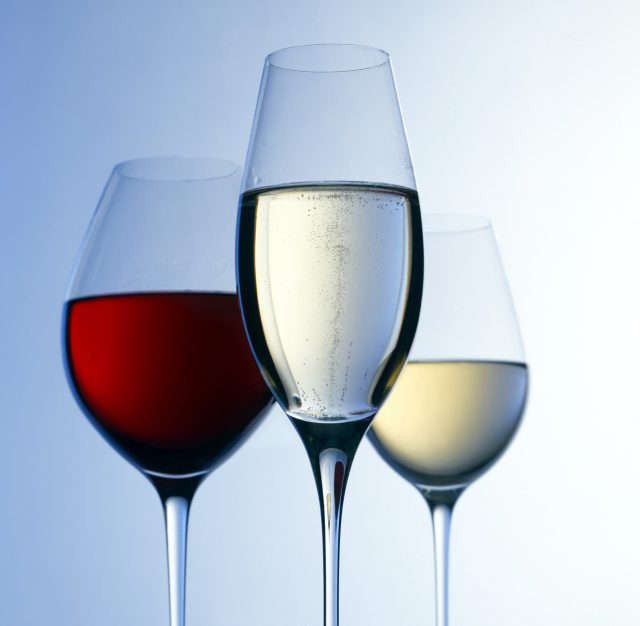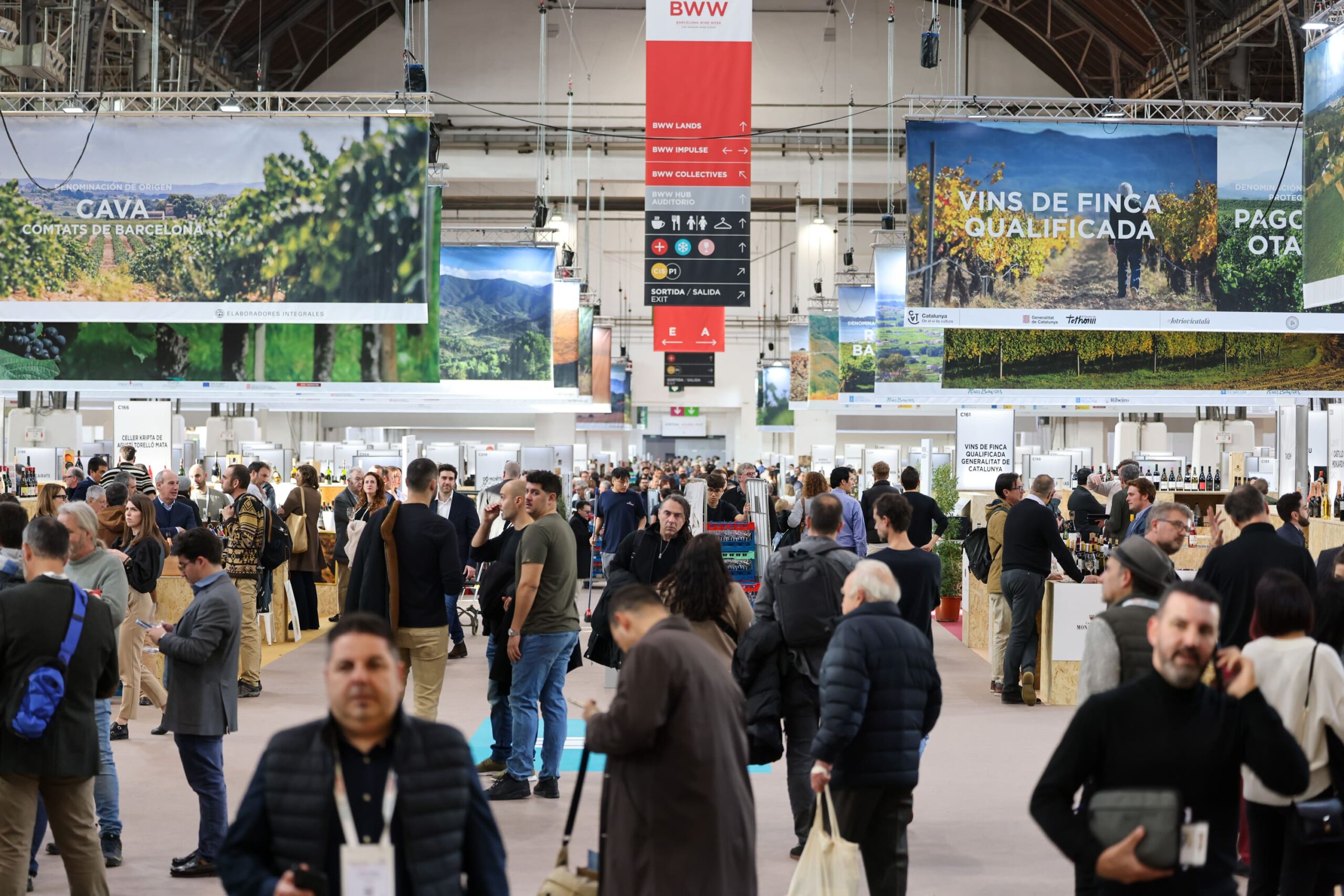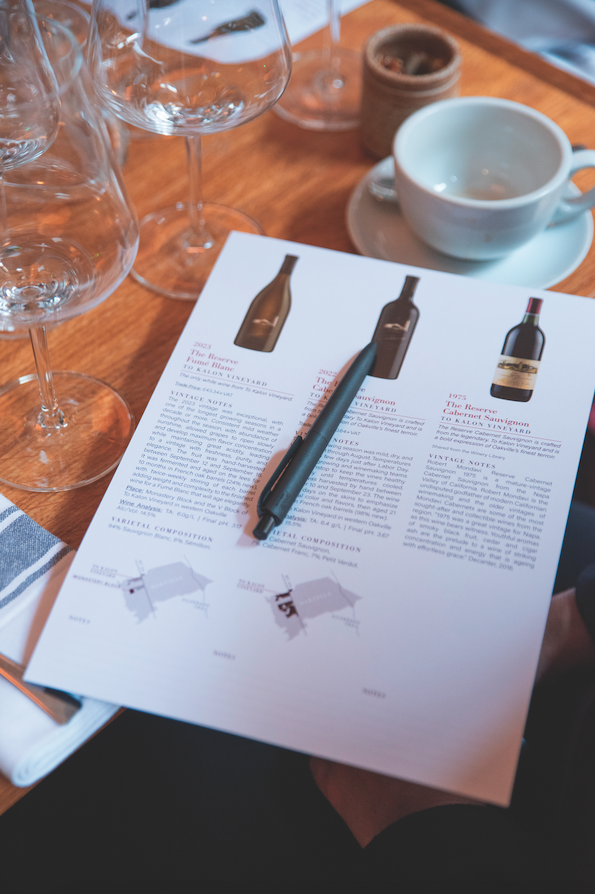What wines are Americans thirsty for now?
As the seasons change, Americans are reaching for warming wines – with some new classics emerging that are generally associated with warmer temperatures. Kathleen Willcox reports.

Right now, the US market is loving the cheap and chic (Prosecco) as well as the costly and collectible (red Burgundy), but when looking at recent numbers analysing on-premise versus direct-to-consumer (DTC) sales, a different picture emerges.
Sales of wine on-premise this year have largely been flat or positive, with growth of 5% in July year-on-year, according to CGA’s BeverageTrak. This is partially buoyed by average receipt (cheque) values, which rose 10%.
Dave Parker, owner and CEO of Napa’s Benchmark Wine Group, a leading source of fine and rare wine for retailers, restaurants and collectors, echoes these findings.
“On-premise consumption is clearly up as consumers continue to return to restaurants,” Parker says. “Retail is spotty, with big box walk-in stores and internet sales being strong, and smaller walk-in stores struggling.”
DTC wine sales have been more mixed, according to the 2024 Direct-to-Consumer Wine Shipping Mid-Year Report from SOVOS. The latest data show a decline in volume of 11% between January and June, although the value has only decreased by 5%, indication that the bottles people are buying are pricier. This is born out by the average bottle price hitting $48.96, an increase of 6%.
The biggest spike in the average bottle price was seen at the largest wineries (those producing 500,000+ cases a year) which saw a 14% rise, closely followed by small wineries (producing 1,000 or fewer cases per year), whose average bottle price has jumped 13% since the beginning of the year. However the price difference between the large and small wineries is notable: the largest wineries average bottle price is $22.12, while the small wineries average is more than three times that, at $68.96.
And while the top 10 destination states did not grow their volumes, there were some not-insignificant boosts in smaller volume states, such as Alabama (20%).
Cathy Huyghe, co-founder of Enolytics, which provides data analysis for the drinks industry, notes that the DTC channel, especially for smaller wineries, can be foundational to sales success.
“Distributors are focusing now on more volume brands, as opposed to brands at the premium price points,” Huyghe says. “We’re hearing that in some situations, distributors haven’t placed an order from wineries in six months or more.”
But smaller wineries that focus on slicing their data to sell to specific ecosystems of fans are performing well, she says.
“One example is of a California winery that decided to run a promotion over Labor Day [Monday 2 September] [tailored] to their customers’ preferences and where they live,” Huyghe says. “They decided to create an offer of rosé and red wines since Labor Day is the ‘shoulder season’ between summer (rosé wine) and fall (red wine).”
By micro-segmenting their list of customers who purchased through different DTC channels, including online, tasting room and wine club, they sold US$36,000 worth of rosé and red wine in four days.
The best-selling wine varietals (Cabernet Sauvignon, Pinot Noir, and Chardonnay) and red blends, which make up 54% of total share of wine shipped, saw negative value growth of between -3% and -6%, SOVOS reports, while Cabernet Franc, Fume/Sauvignon Blanc and Sangiovese all grew by 13%, 2% and 11% respectively.
Anecdotally, wine importers, distributors and retailers observations reflect SOVOS’ report on varieties and prices, but their impressions are inevitably a bit more nuanced.
Changes to spending habits
Broadly speaking, US consumers are spending slightly more (0.2% month over month) than previously, but slightly less than expected (0.3%), according to recent reports from the Commerce Department. The vast majority of that boost came in the form of spending at bars, restaurants, hotels and motels. But price-conscious consumers are trading down, and food and beverage sales overall dipped slightly.
At St Helena’s Scale Wine Group, which distributes a portfolio of independently owned wines nationally, owner and master sommelier Des Echavarrie says they have observed a “major pullback from the on-premise channel in wholesale. We’ve also noticed a trend of more consumers bringing wine to restaurants and paying corkage in rates we’ve never seen.”
Partner Content
On the retail front, Eschavarrie is seeing a sales shift at specific price points.
“Investment grade wines in the US$200-US$400 range are holding strong,” he notes. “Wines in the US$20-US$50 range are also doing well, but wines in the US$100-US$150 range are increasingly harder to market.”
Parker of Benchmark Wine Group agrees, reporting that Benchmark’s sales of “big ticket collectible wines with price tags over $1,000” are up, but that those set at mid to slightly higher tier price points aren’t moving.
Sauvignon Blanc performs
Meanwhile, Sauvignon Blanc is the only table wine varietal in the top 15 that is growing in sales year-over-year, which Nielsen showing an uptick in sales of 3.3% in the off-trade.
At boutique wine and spirits distributor Prestige Ledroit Distributing Co, senior vice president of strategic partnerships Chris Schmid says their internal sales numbers reflect this.
“Sales of Sauvignon Blanc really stood out this year, with an increase in sales of 150%,” Schmid says. “It is the fastest growing varietal in our portfolio, and has now overtaken Cabernet Sauvignon as our top varietal, indicating a general shift toward fresher, vibrant wines that appeal to a wide range of customers.”
Zach Poelma, senior vice president of supplier strategy and insights at distributor Southern Glazer’s Wine & Spirits notes more modest growth, but reports that they expect Sauvignon Blanc to continue to “outpace the overall wine category, especially around the $10 price point.”
Sparkling sales are mixed
The sparkling wine category is decidedly disparate. After soaring in popularity amid Covid, Champagne sales have dwindled for more than a year. In 2023, Champagne sales flatlined -8.2%, with declines this year worsening. Champagne giant LVMH recently reported a 15% plummet for the first half of the year.
Echavarrie says Scale’s sales reflect this trend. “For the first time in five years, we have seen a pullback in growth of our French Champagne portfolio,” he explains.
Non-Champagne bubbles are a different story though, as Schmid points out, referring to at Prestige Ledroit’s numbers.
“Prosecco is showing steady, consistent performance, and Cava has achieved explosive growth,” he says.
Senior marketing director at Prosecco brand La Marca, Carmen-Maria Navarro, says the brand is the best selling wine item overall by dollars and the number one total wine item in terms of dollar growth in the country, with an increase in dollar sales of 6.7% as of September.
French wine returns
And although Champagne may be suffering a decline in sales terms, overall, French wines are performing well. Volumes in IRI / Circana channels showed an uptick of 3.4% for the year ending in July, compared to -4.3% sales reductions for table wine overall.
At Benchmark, Parker notes that imported brands are “strong,” with France leading the charge in interest, especially for red Burgundy and Bordeaux.
Looking forward, it’s harder to see what will happen next, particularly given the economic and political roller coaster ride of recent months, but it will be interesting to see.
Related news
How to make a hot buttered rum
The most interesting conversations db had in 2025
Treasury Wine Estates plans leaner future amid US and China slowdown




